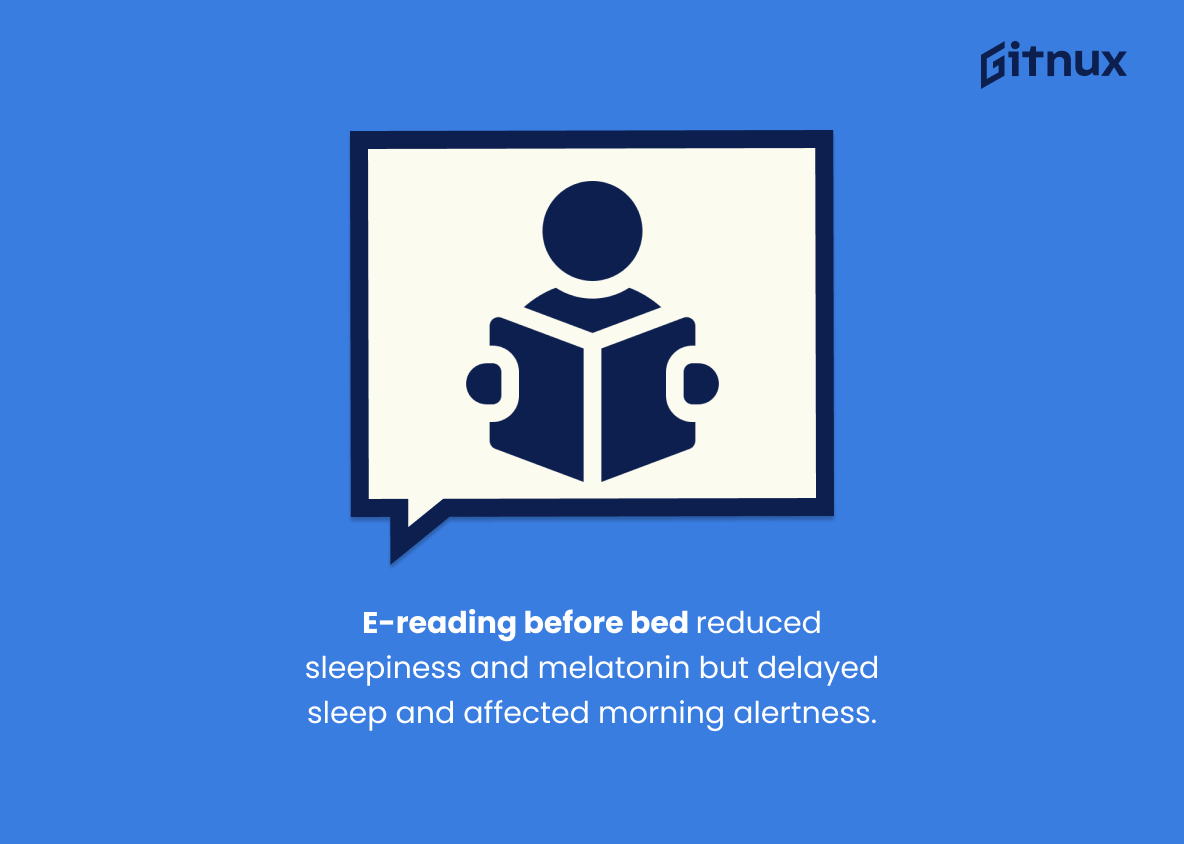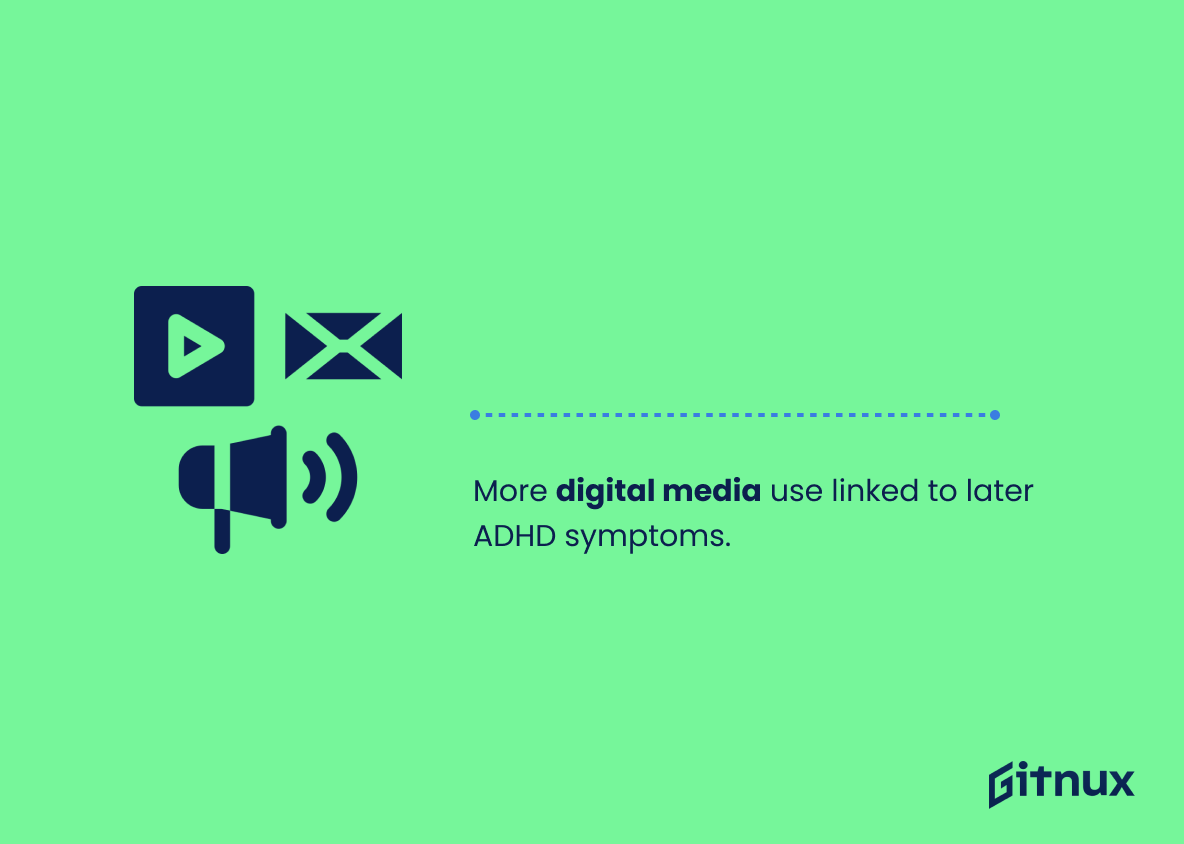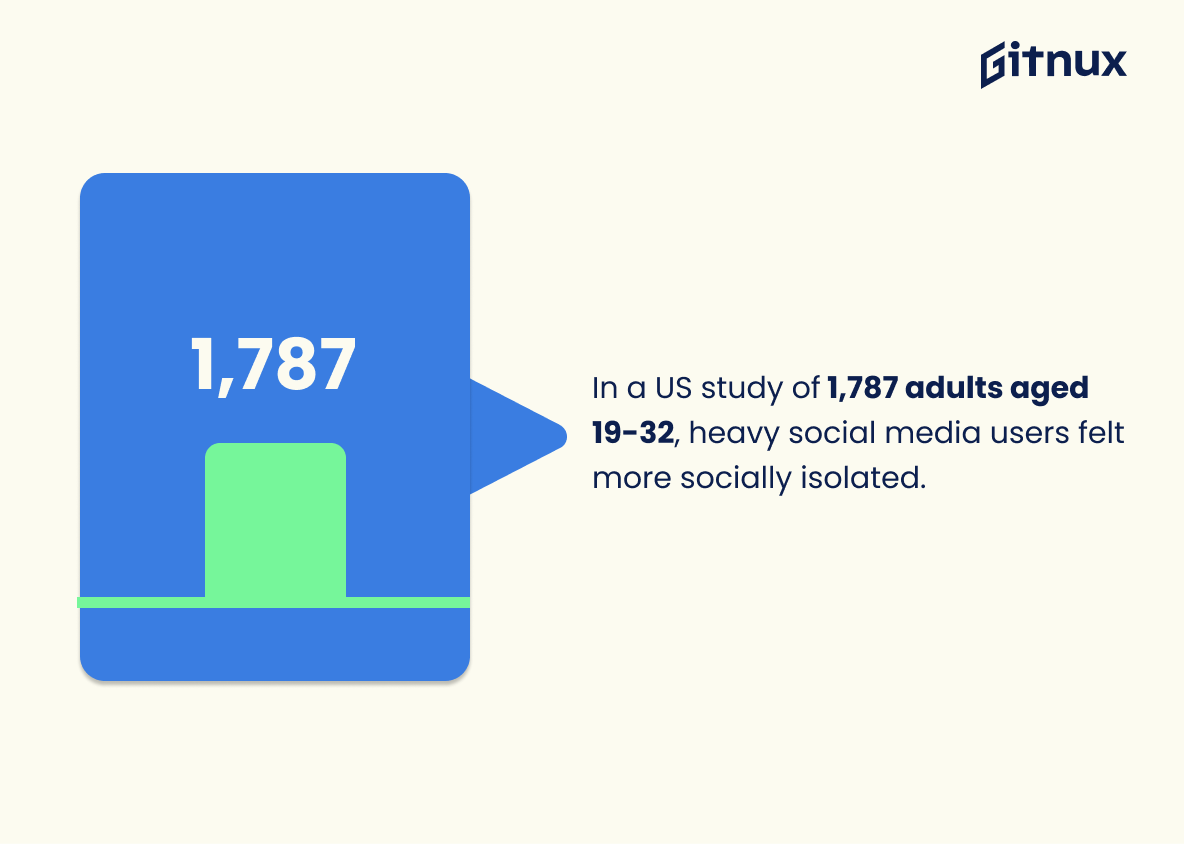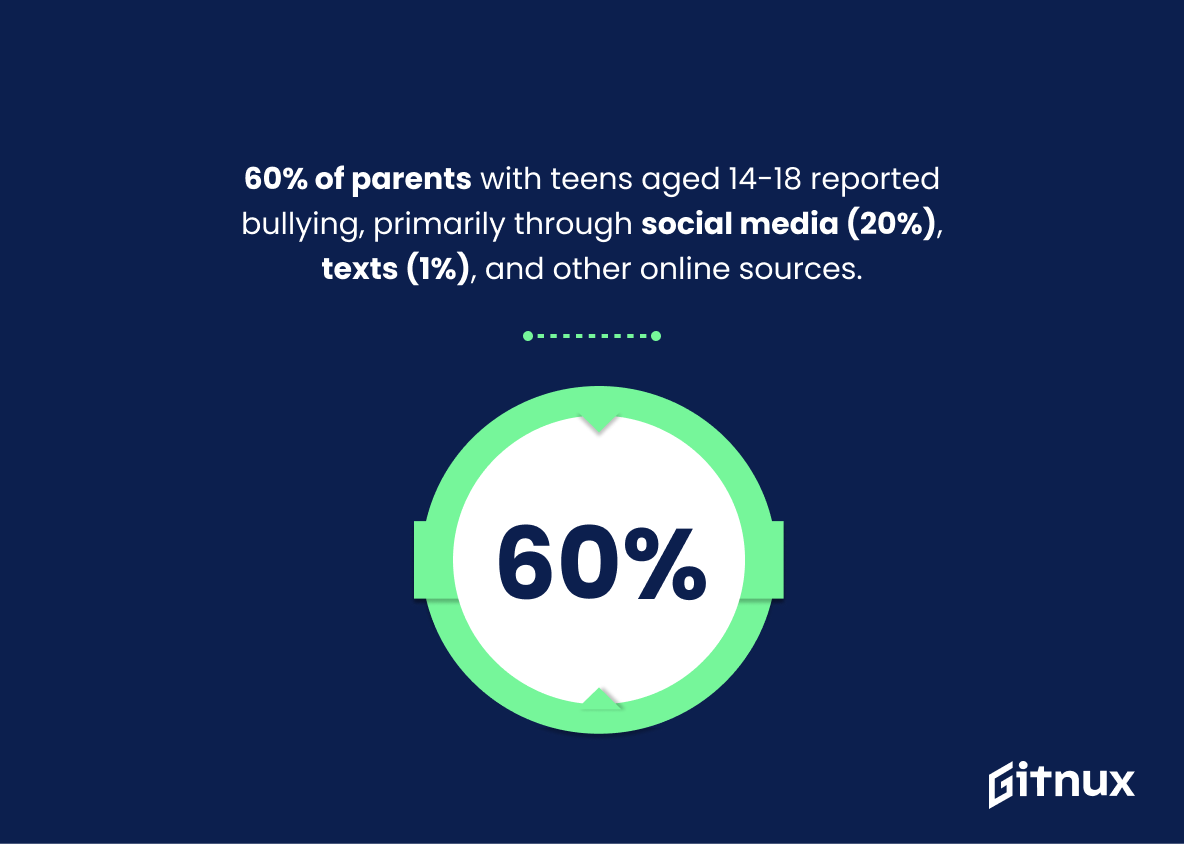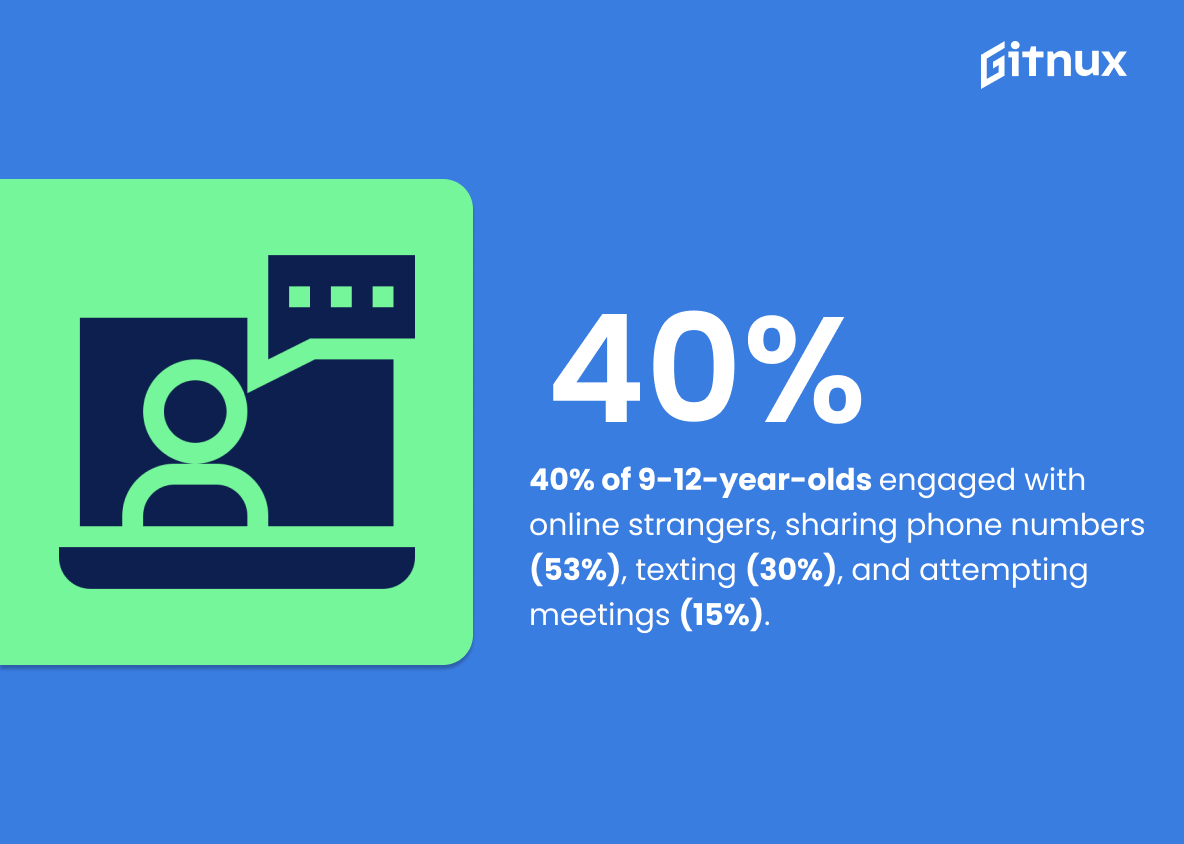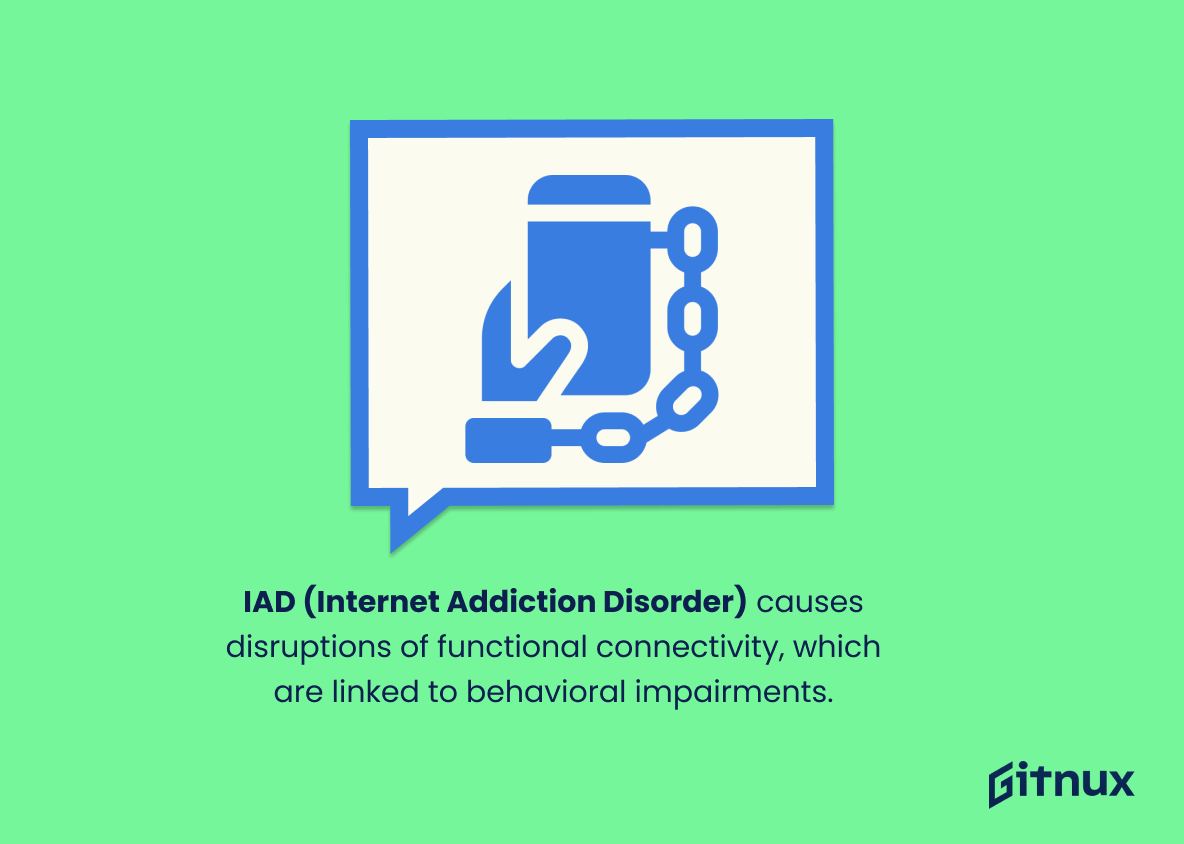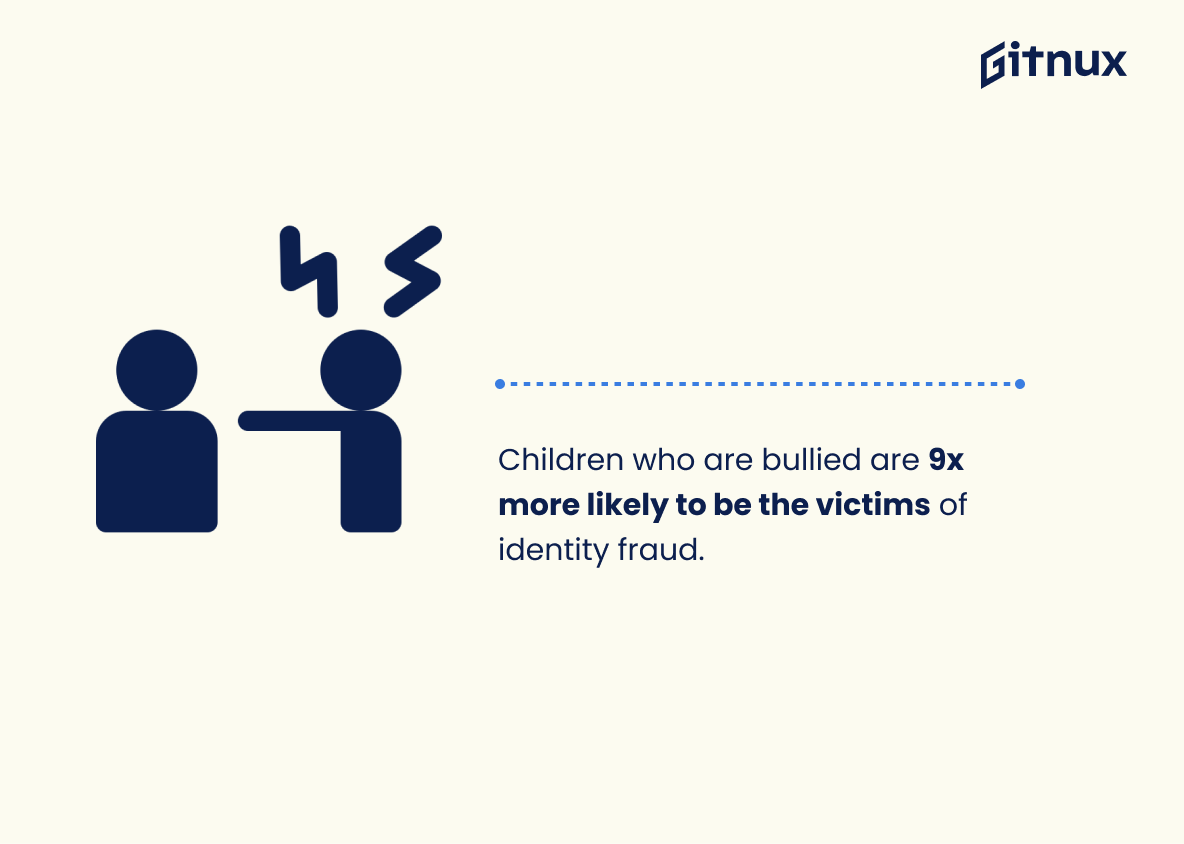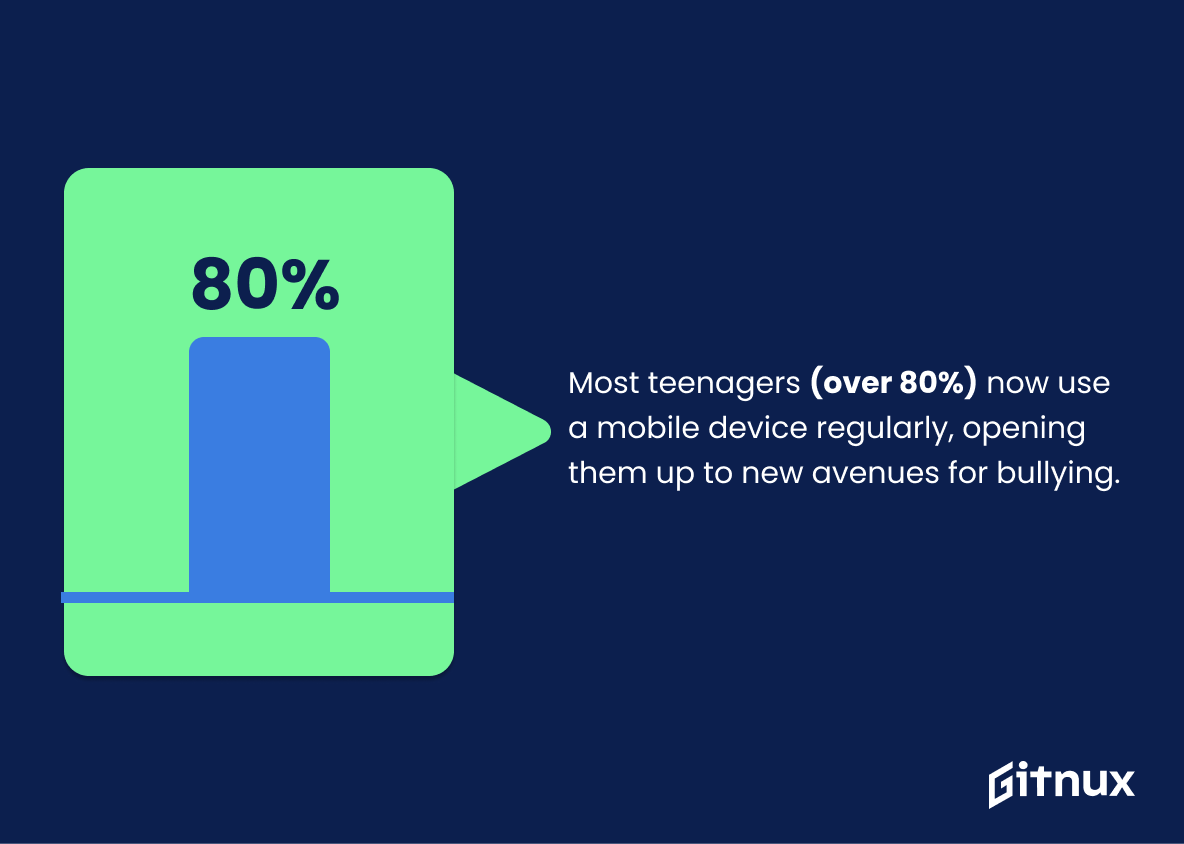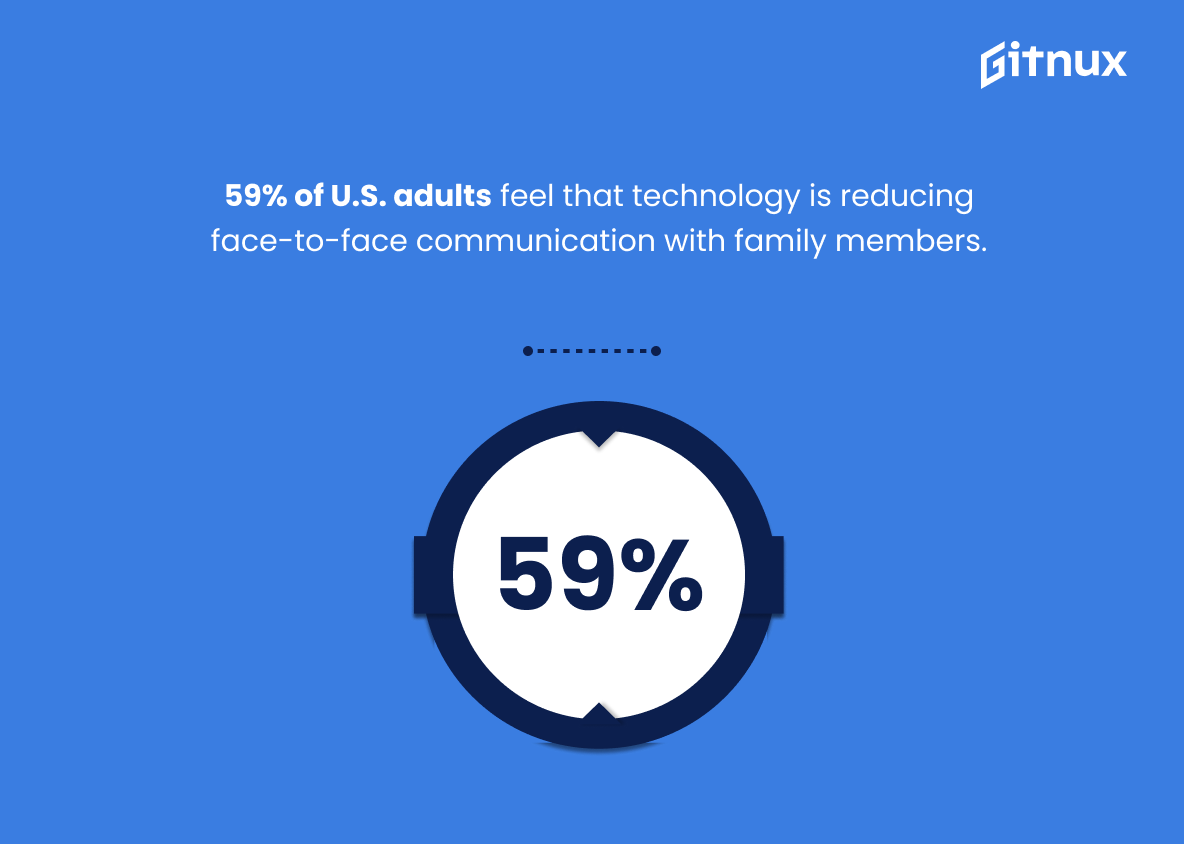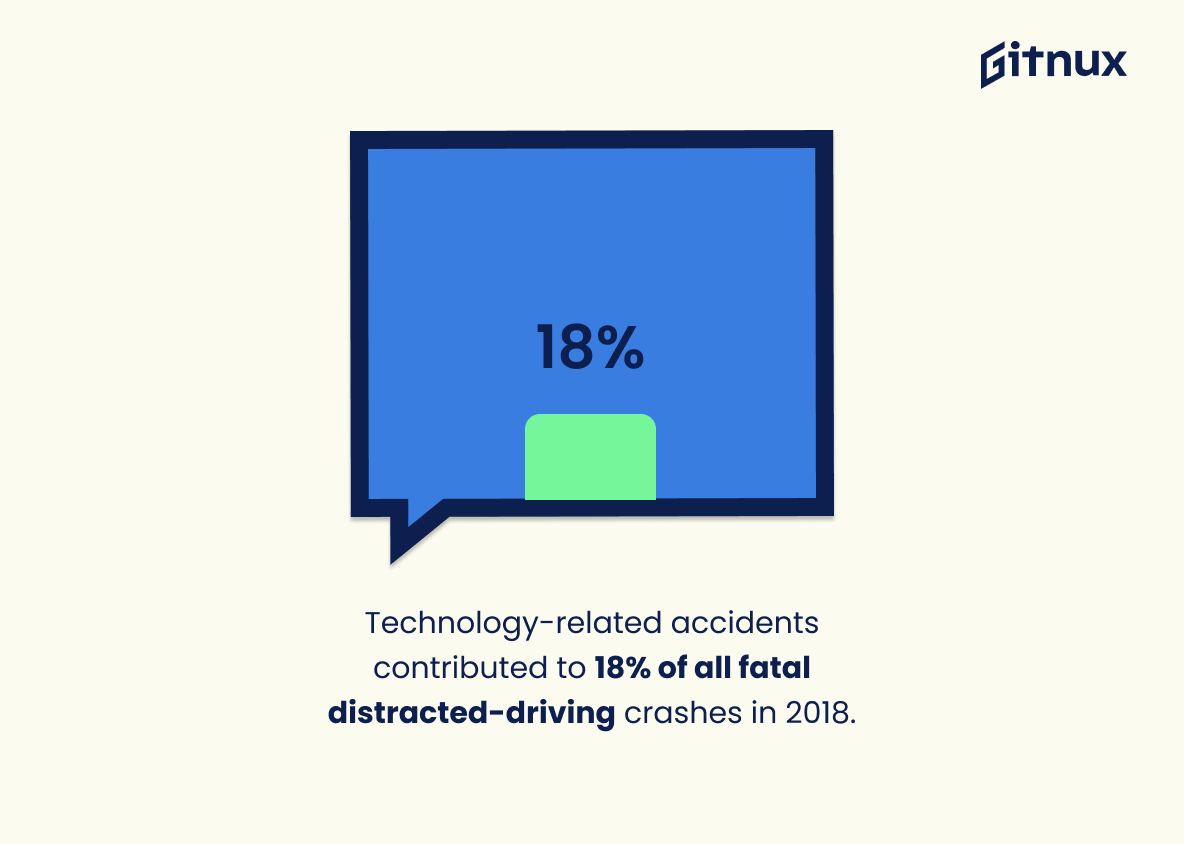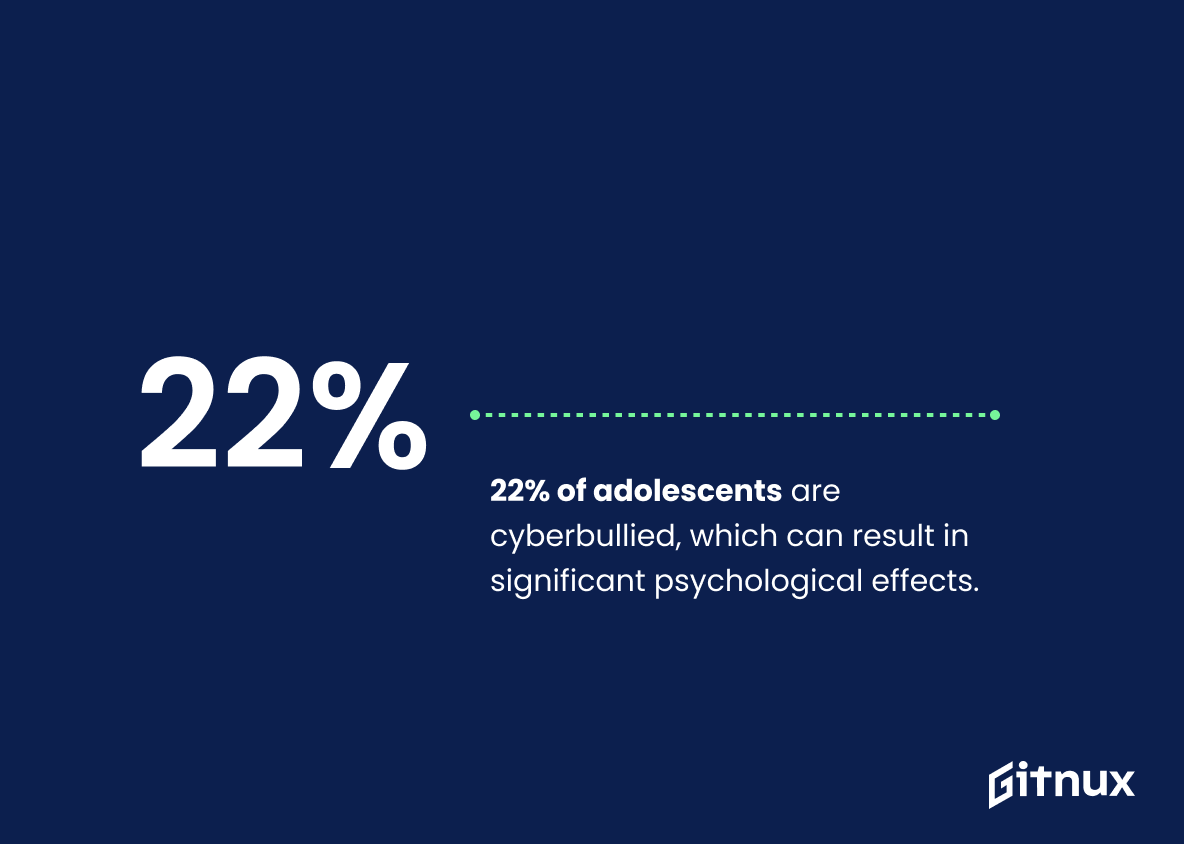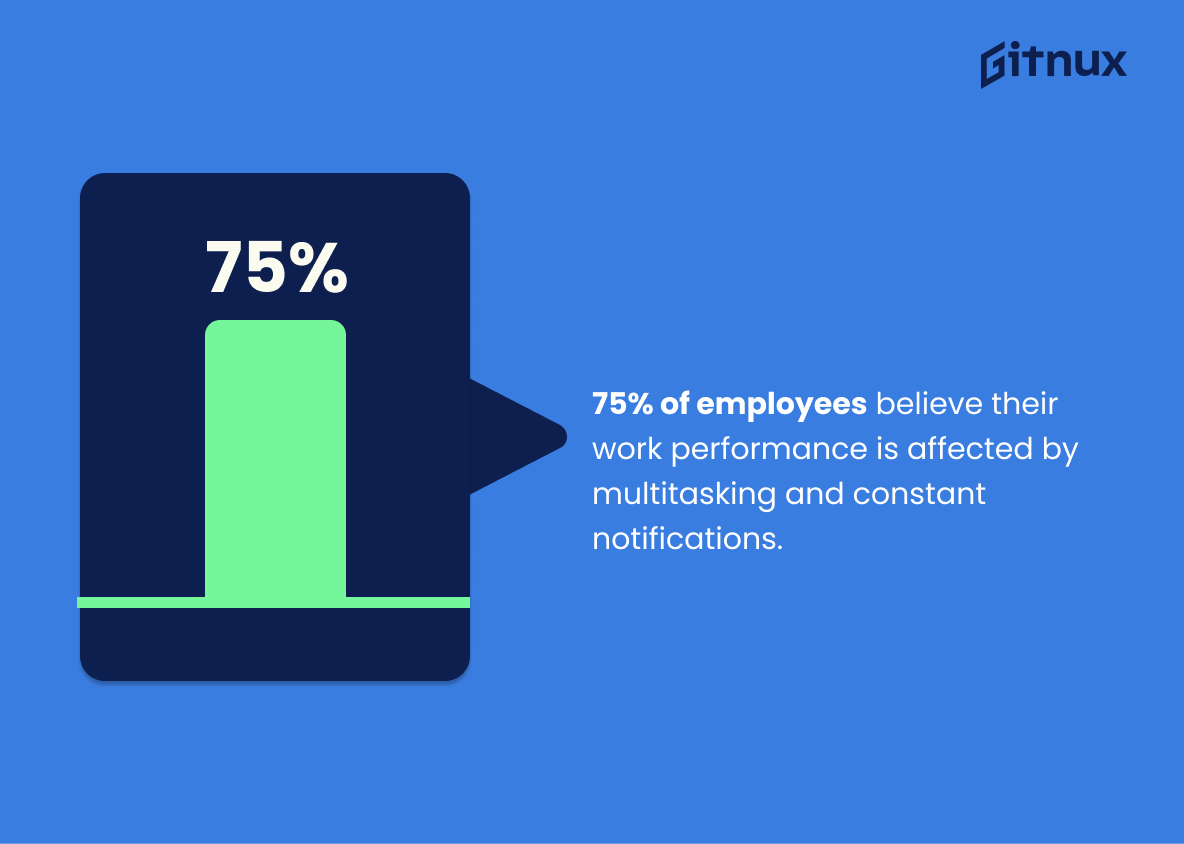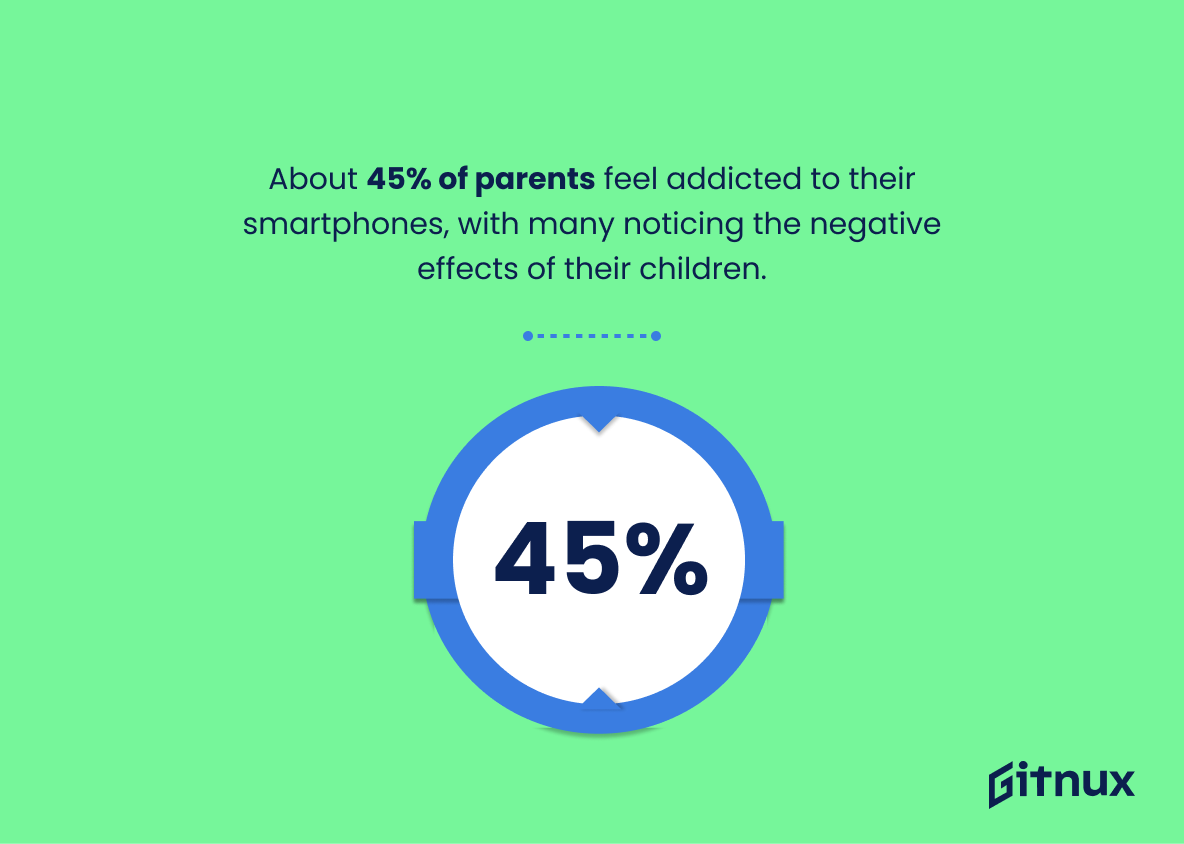In today’s world, technology is everywhere. It has become an integral part of our lives, from the way we communicate to the way we work and play. But with all the benefits that technology brings, there are also some negative effects that come along with it.
In this blog post, we will be exploring the negative effects of technology statistics that highlight just how pervasive these effects can be.
Negative Effects Of Technology: The Most Important Statistics
40% of children aged 9-12 have talked to strangers online, with 53% giving out their phone number,
30% texting strangers, and 15% attempting to meet them.
IAD (Internet Addiction Disorder) causes disruptions of functional connectivity, which are linked to behavioral impairments.
Negative Effects Of Technology: Statistics Overview
Text messaging is associated with pain in the neck/upper back and shoulder/upper extremities, and numbness/tingling in the hand/fingers.
This shows that technology use can have negative physical effects on the body, such as pain and numbness. This is important to consider when evaluating the potential risks and benefits of technology use.
Reading an e-book in the hours before bedtime decreased subjective sleepiness and suppressed the late evening rise of pineal melatonin secretion, but also lengthened sleep latency, delayed the phase of the endogenous circadian pacemaker, and impaired morning alertness.
The use of technology before bedtime can have a negative impact on sleep quality, which can lead to a variety of health problems and impair performance. This is an important reminder that technology should be used in moderation and not as a replacement for healthy sleep habits.
A higher frequency of digital media use is associated with subsequent symptoms of ADHD.
This statistic highlights the potential negative effects of technology on adolescents. It suggests that excessive use of digital media can lead to symptoms of ADHD, which can have a significant impact on a person’s ability to focus, concentrate, and stay organized. This is an important statistic to consider when discussing the potential risks associated with technology use.
A nationally representative sample of 1,787 U.S. adults aged 19-32 found that those with high social media use felt more socially isolated than those with lower social media use.
Heavy social media use can have a negative impact on mental health and well-being. It also highlights the need for further research into the effects of technology on mental health, so that appropriate interventions can be developed.
60% of parents with children aged 14-18 reported them being bullied, with 20% of that occurring through social media, 1% through text messages, 7.9% through video games, 6.8% through non-social media websites, and 3.3% through email.
This statistic highlights the prevalence of bullying among children and teenagers, and how technology can be used to facilitate it. It also shows that social media is a major source of bullying, and that other forms of technology, such as text messages, video games, and websites, can also be used to bully.
40% of children aged 9-12 have talked to strangers online, with 53% giving out their phone number, 30% texting strangers, and 15% attempting to meet them.
There are some potential risks of children engaging with strangers online, such as being exposed to inappropriate content or being taken advantage of. It is important to be aware of these risks and take steps to protect children from them.
IAD (Internet Addiction Disorder) causes disruptions of functional connectivity, which are linked to behavioral impairments.
Technology addiction can lead to disruptions in brain function, which can then lead to behavioral impairments. This emphasizes the need for more research into the effects of technology on mental health, as well as the need for more effective interventions to help those struggling with technology addiction.
Children who are bullied are 9x more likely to be the victims of identity fraud.
Cyberbullying can have serious long-term repercussions. This statistic demonstrates how victims of bullying are particularly vulnerable to identity theft, and how cyberbullying can have serious financial, emotional, and psychological consequences. It also emphasizes the need to address the issue of cyberbullying and to provide support and resources to victims.
Most teenagers (over 80%) now use a mobile device regularly, opening them up to new avenues for bullying.
It highlights the prevalence of mobile devices among teenagers, and how they can be used as a tool to bully others.
18.5% of America’s youth is now considered “obese,” compared to just 5% a few decades earlier. One cause of obesity is a lack of physical activity, and children who overuse electronic devices are less physically active. While play time has been shown to improve mood and increase self-esteem, sedentary activities (such as Internet use) not only lead to decreased physical activity but have been linked to feelings of social isolation and depression.
There are potential long-term effects that technology can have on physical health. This information shows the connection between decreased physical activity due to technology and the resulting increase in obesity levels among the youth population. This illustrates just how much our reliance on technology can have a detrimental effect on our health and wellbeing, and serves as an important reminder to make sure that we are not allowing technology to take away from our physical activity levels.
25% of married couples admit to texting each other while home at the same time. Also, 25% of couples have felt their spouse or partner was distracted by their cell phone when they were together— and that number jumps to 43% for younger adults (18 to 29-year-olds).
This statistic highlights the potential for technology to interfere with the quality of relationships between couples. Specifically, it shows that technology can create a distraction that can lead to couples not paying full attention to each other when they are together. This distraction can result in a decrease in the quality of their relationship.
Check out our latest Technology In Relationships Statistics
Supplementary Statistics
59% of U.S. adults feel that technology is reducing face-to-face communication with family members.
Thus, technology can be a barrier to meaningful communication and connection between family members, and that it can have a negative impact on relationships. This is an important point to consider when discussing the negative effects of technology.
41% of teenagers report being addicted to their smartphones.
It speaks to the prevalence of smartphone addiction among this age group, and the potential for technology to have a negative impact on their lives. This statistic is an important piece of evidence in understanding the potential dangers of technology and its effects on our society.
Technology-related accidents contributed to 18% of all fatal distracted-driving crashes in 2018.
This highlights the need for greater awareness of the risks associated with using technology while behind the wheel, and the importance of taking steps to reduce the likelihood of such accidents occurring.
22% of adolescents are cyberbullied, which can result in significant psychological effects.
Cyberbullying can have serious psychological effects, and that it is an issue that needs to be addressed. It is a reminder that technology can be used for both good and bad, and that it is important to be aware of the potential risks associated with it.
75% of employees believe their work performance is affected by multitasking and constant notifications.
The majority of employees are feeling the strain of multitasking and constant notifications, suggesting that technology is having a negative impact on their work. This statistic is an important piece of evidence to consider when discussing the negative effects of technology on productivity.
About 45% of parents feel addicted to their smartphones, with many noticing the negative effects of their children.
Parents need to be aware of the potential risks of technology and to take steps to ensure their children are not exposed to them. It also serves as a warning to parents to be mindful of their own smartphone usage and to take steps to reduce their own addiction.
Online harassment affects 40% of adult internet users, with the majority of victims being women.
A significant portion of adult internet users are victims of online harassment, with women being disproportionately affected. This statistic serves as a call to action to address the issue of online harassment and to ensure that the internet is a safe and secure space for all users.
Only 5% of Americans feel that technology has had a mostly negative effect on society.
Most Americans recognize the benefits of technology and how it has improved our lives. This statistic is important to consider when discussing the negative effects of technology, as it provides a counterpoint to the potential drawbacks. It also serves as a reminder that technology can be used for good, and that it is possible to find a balance between the positive and negative aspects of technology.
Growing e-waste has increased by 21% in just five years, affecting the environment negatively.
It highlights the need for more sustainable practices when it comes to the production and disposal of electronic devices, as the current rate of e-waste growth is unsustainable.
Social media platforms contribute to the spread of fake news and false information.
This shows how technology can be used to spread misinformation and false information, which can have serious consequences for individuals and society as a whole. It is a reminder that technology should be used responsibly and with caution.
The average adult spends over 11 hours per day interacting with digital media.
It displays the potential for technology to have a negative impact on our lives, as we are spending so much of our time engaging with it.
72% of users admit to using technology to procrastinate by browsing the internet, causing reduced productivity.
This statistic is a stark reminder of the potential for technology to be a major distraction and detriment to productivity. It highlights the prevalence of technology-enabled procrastination, and the need to be aware of the potential for technology to be a hindrance rather than a help.
Over 50% of people report feeling digital eye strain after long exposure to screen devices.
Thus, taking breaks from screens and limiting our exposure to digital devices is important in order to protect our eyes and overall health. It is a stark reminder that technology can have a negative impact on our lives if we don’t take the necessary precautions.
A 2018 study revealed that 89% of college students experienced phantom vibration syndrome, feeling their phones vibrate when they didn’t.
Even when our phones are not actually vibrating, we are so accustomed to them that we can still feel them vibrating. This speaks to the power of technology to shape our behavior and our expectations, and it is a worrying sign of how technology can have a negative impact on our lives.
Conclusion
In conclusion, technology has become an integral part of our lives, and it has both positive and negative effects. Technology has made our lives easier, more efficient, and more connected. However, it has also caused a number of negative effects, such as increased stress, decreased physical activity, and decreased social interaction.
The statistics presented in this blog post demonstrate the extent of these negative effects, and it is important to be aware of them in order to take steps to mitigate them.
References
1 – https://www.sciencedirect.com/science/article/pii/S0003687016301235
2 – https://pubmed.ncbi.nlm.nih.gov/29306972/
3 – https://www.pnas.org/doi/10.1073/pnas.1418490112
4 – https://www.researchgate.net/publication/325263798_The_Negative_Effects_of_Digital_Technology_Usage_on_Children’s_Development_and_Health
5 – https://jamanetwork.com/journals/jama/fullarticle/2687861
6 – https://www.ncbi.nlm.nih.gov/pmc/articles/PMC5143470/
7 – https://www.ajpmonline.org/article/S0749-3797(17)30016-8/fulltext
8 – https://www.comparitech.com/internet-providers/cyberbullying-statistics/
9 – https://porch.com/advice/children-online-safety
10 – https://journals.plos.org/plosone/article?id=10.1371/journal.pone.0107306
11 – https://dyopath.com/eight-negative-impacts-of-technology/
12 – https://www.theguardian.com
13 – https://www.nhtsa.gov
14 – https://www.aoa.org
15 – https://www.ncjrs.gov
16 – https://www.usatoday.com
17 – https://www.ncbi.nlm.nih.gov
18 – https://www.nielsen.com
19 – https://www.commonsensemedia.org
20 – https://www.tandfonline.com
21 – https://www.rescuetime.com

